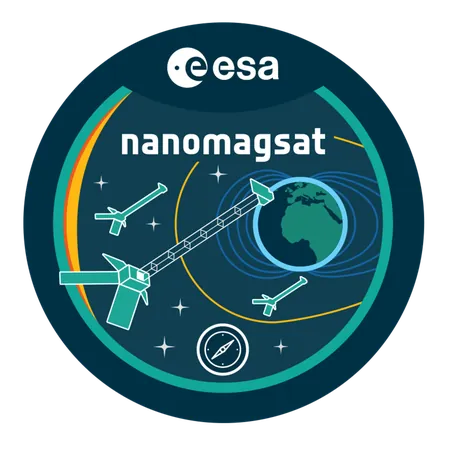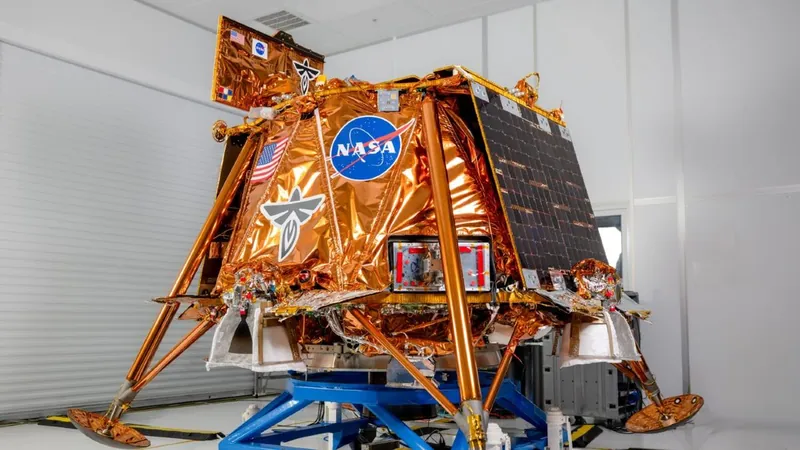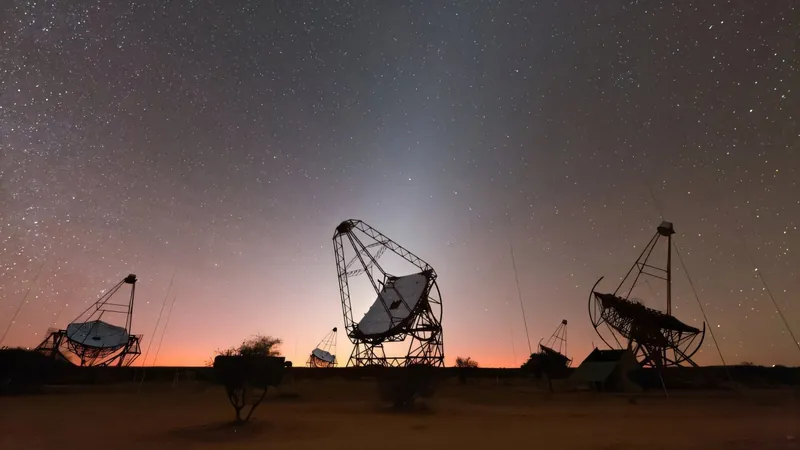
SpaceX Falcon Heavy Set to Propel NASA's Groundbreaking Dragonfly Mission to Titan
2024-11-26
Author: Emma
NASA has officially engaged SpaceX for a remarkable venture: launching the Dragonfly mission, which aims to explore Titan, Saturn's largest moon. This mission, part of NASA's prestigious New Frontiers Program, is poised to revolutionize our understanding of extraterrestrial environments and their potential for life.
Scheduled to lift off between July 5 and July 25, 2028, the Dragonfly mission will be propelled aboard a Falcon Heavy rocket from NASA's iconic Kennedy Space Center in Florida. SpaceX has secured a contract valued at $256 million for this monumental job.
Dragonfly marks a historic milestone as it will be the first mission to harness a nuclear-powered rotorcraft designed to traverse Titan's diverse landscapes. Picture a car-sized drone equipped with eight rotors, expertly maneuvering through the moon's geological features to gather and analyze samples. This innovative mobility allows the craft to investigate multiple locations, providing scientists with groundbreaking insights into Titan's chemical and physical processes.
The primary mission objective will be to assess whether Titan could support life based on water or hydrocarbon chemistry. Dragonfly's sophisticated scientific instruments will delve into the moon's habitability, examine the evolution of organic compounds, and search for biosignatures—those elusive chemical indicators of life.
The Falcon Heavy rocket has been a reliable workhorse for NASA's ambitious projects, previously launching endeavors like the Psyche asteroid mission and the high-stakes Europa Clipper spacecraft. With its advanced capabilities, the Falcon Heavy will guarantee the safe passage of Dragonfly, significantly shortening its travel time to Titan, targeting an arrival in 2034.
What makes Titan even more fascinating is its otherworldly landscape. This icy moon boasts a dense atmosphere, vast lakes and seas composed of liquid hydrocarbons, and features varying from dunes to sprawling plains and impact craters. The rich chemical makeup, abundant in organic molecules, fuels hypotheses that there could be the possibility of life either on its surface or within its suspected sub-surface ocean of liquid water.
As we anticipate the launch of Dragonfly, the scientific community and space enthusiasts alike are eager to uncover the mysteries of Titan—our closest window into the complexities of life beyond Earth. Stay tuned as we prepare for a historic expedition that could alter our understanding of the universe forever!









 Brasil (PT)
Brasil (PT)
 Canada (EN)
Canada (EN)
 Chile (ES)
Chile (ES)
 España (ES)
España (ES)
 France (FR)
France (FR)
 Hong Kong (EN)
Hong Kong (EN)
 Italia (IT)
Italia (IT)
 日本 (JA)
日本 (JA)
 Magyarország (HU)
Magyarország (HU)
 Norge (NO)
Norge (NO)
 Polska (PL)
Polska (PL)
 Schweiz (DE)
Schweiz (DE)
 Singapore (EN)
Singapore (EN)
 Sverige (SV)
Sverige (SV)
 Suomi (FI)
Suomi (FI)
 Türkiye (TR)
Türkiye (TR)